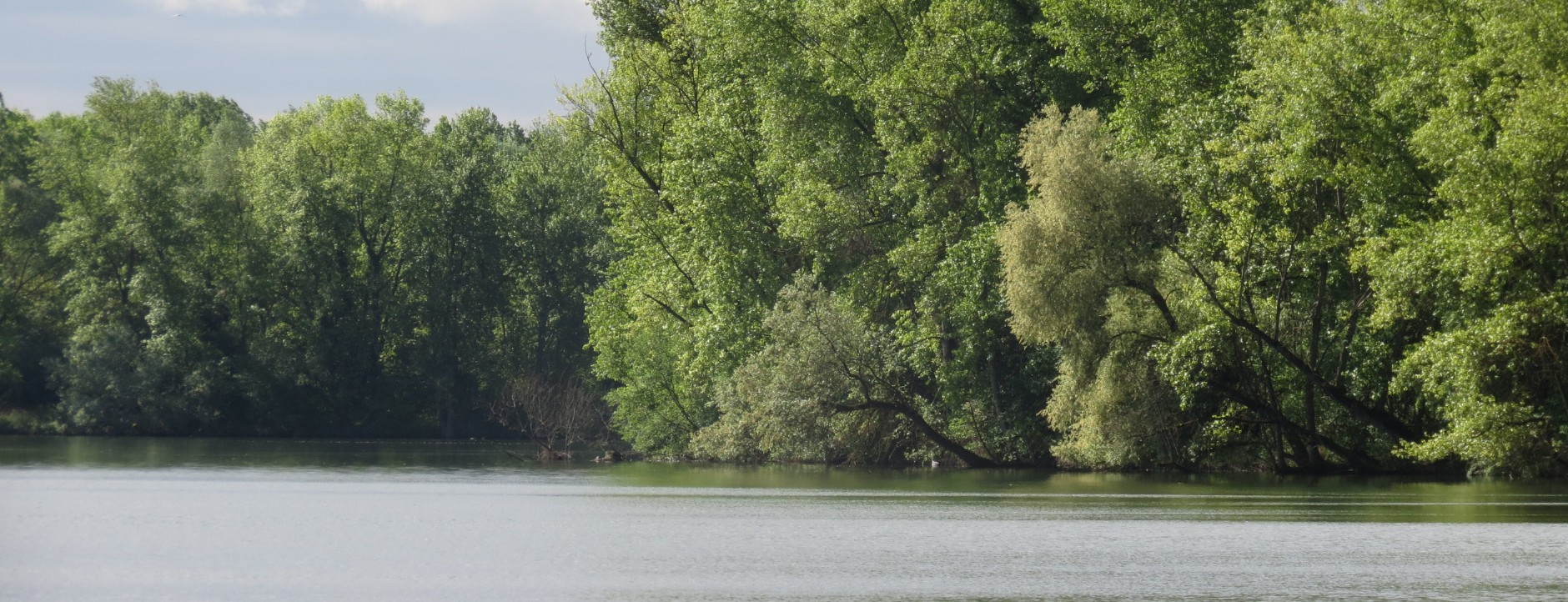The LIFE+ Project
In January 2010, the City of Strasbourg launched a project to restore the ecosystem of the Rhine alluvial habitats on Rohrschollen, an artificial island in the Rhine.
Why?
The various engineering projects carried out on the course of the Rhine over the past 200 years have had a massive impact on the island’s river system; the habitats on the island have been cut off from the Rhine and its floods.
Because the island is disconnected from the Rhine, the Bauerngrundwasser, a former tributary of the Rhine that crosses the island, experiences slower currents and consequently silts up. Furthermore, in the absence of regular dynamic flooding, the remarkable habitats, one of the nature reserve’s richest assets, have gradually been destroyed; they were becoming banalized and threatened with extinction.
The aim of the Rohrschollen Island LIFE+ Project is to reestablish a dynamic flooding regime based on the hydrological rhythm of the Rhine. Flooding is planned at a frequency of six to eight times a year or an average of 50 days of submersion.
Restoring the alluvial dynamic should improve the dynamics of the river and its habitats. One of the main effects hoped for is the containment of non-native species found in the hardwood forest (maple and beech) and the conservation and restoration of certain wetland habitats such as reed beds and ponds.
How?
The main action undertaken was to build a river intake structure on the south side of the island, designed to feed the Bauerngrundwasser hydrographic network directly from the Rhine, via an excavated canal. The intake structure provided a flow injection of 5-80 m³/s, depending on the Rhine’s natural hydrological conditions. To reestablish connectivity with the river, additional operations were carried out at the confluence of the Rhine and the Bauerngrundwasser.
Project Partners
The Rohrschollen Island LIFE+ project (LIFE08 NAT/F/000471) received funding from the European Commission’s LIFE+ environment program. It is also co-funded by the Rhine-Meuse Water Agency, the Bas-Rhine Department, DREAL Alsace, Électricité de France, the Alsace Region and the City of Strasbourg.
The LIFE+ program (the EC’s environmental financing instrument) aims to contribute to the implementation, updating and development of environmental policies and legislation. The LIFE+ environment program specifically co-finances tangible projects that aim to preserve species or natural habitats of European interest.
This large-scale project is scientifically monitored by a four-year research program conducted in partnership with the CNRS, the University of Strasbourg, the ENGEES and the ZAEU. The study aims to evaluate the impact and benefits of the operation on the natural habitats.

